The Secrets to an Efficient Buffet Table
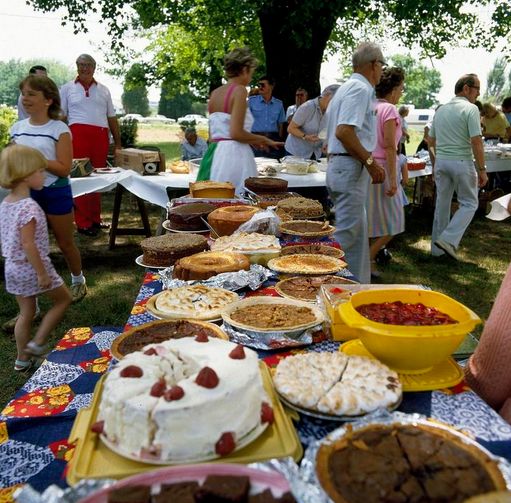
Family reunions, holiday gatherings, receptions, picnics, camping with family and friends. What do all these activities have in common? They revolve around food and often call for a buffet table.
Prepping the food is often the easy part. It’s the setting up the buffet table that can be a real challenge. There are buffet tables, and then there are BUFFET TABLES! And we all know the difference. At the first, we’re stumbling over each other as we go up and down the table getting our flatware and napkin, finding a drink, or grabbing some chips.
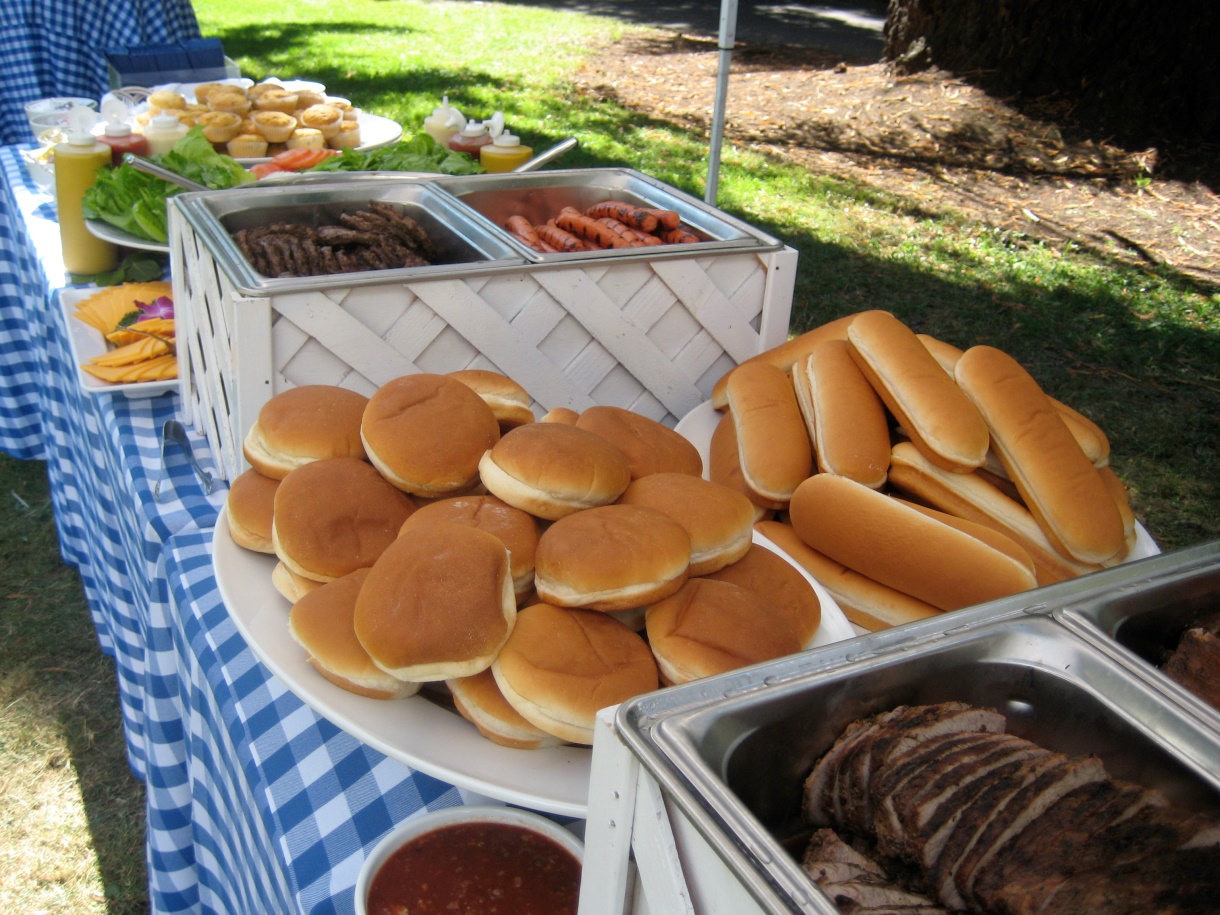
At the second table (or tables), the BUFFET TABLE, we experience a smooth and logical flow of operation. No darting back and forth, reaching past someone to pick up the water glass you forgot on the first go-around.
If you can relate and would like to know how professional caterers set up an efficient buffet table, read on. This information was found on a favorite site, The Kitchn (www.thekitchn.com):
1. When food is involved, people move in packs. They tend to drift, standing and munching without watching how close they are to the table or how they may be blocking the flow of other grazers.
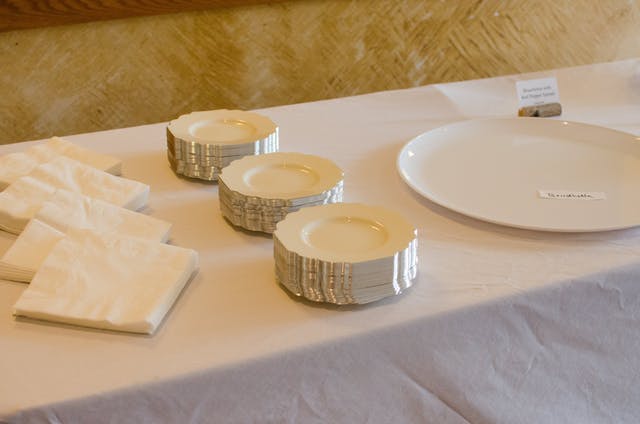
So in consideration of this tendency, give it a starting and ending point, and make sure there is a lot of extra space at both beginning and end for people to linger and chat. Make a good flow easy and obvious. Consider creating alternate destinations for people to drift towards so others can reach the food.
One trick the pros use often is to put the drinks at the far end of a large room (if you’re indoors), opposite or at least some steps away from the food table. (The same trick applies when out of doors as well.) This helps people spread more evenly throughout your space. Speaking of which...
2.
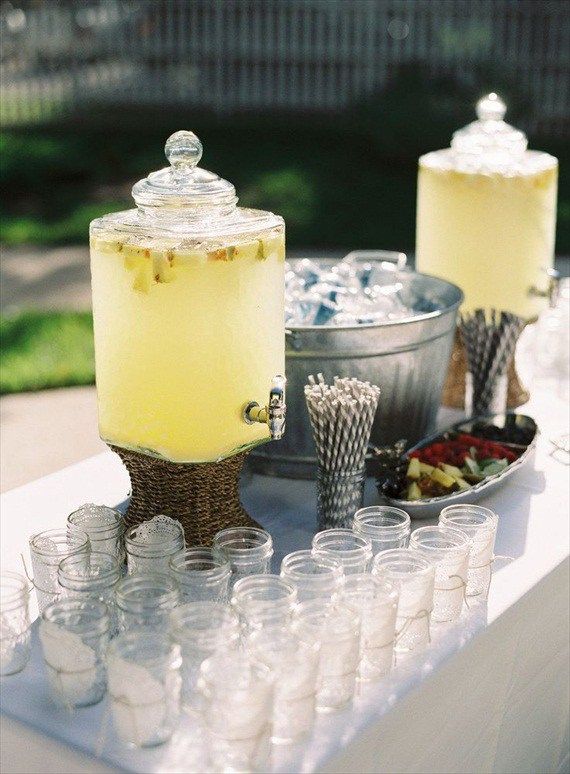
If possible, put drinks on a separate table from the food. Getting a drink, especially if there is coffee, with its attendant pourers and packets of sugar, is a different flow. It's a separate station, and you need to make it easy for people to swing by and refill their glass, without pressing through the buffet line. And if indoors, you also want it near the kitchen, as jugs of water and pots of coffee are heavier (usually) than food trays, and more prone to spillage.
And here’s a hospitality tip: Keep the drinks table clean. This table accumulates drips, spills, and piles of disposables as people leave their empty sugar packets next to the coffee, or dab at drips with paper napkins. Frequently survey this area and regularly swing by to mop up and keep it looking refreshed.
3.
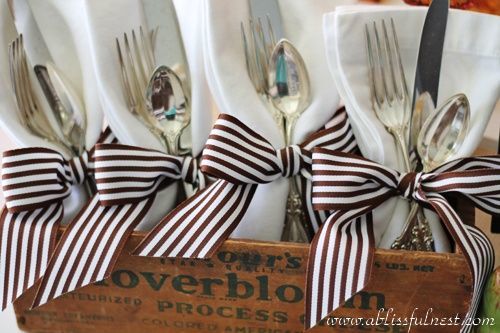
Back at the food table — plates at the front, cutlery at the end. The cardinal rule: NEVER make people pick up their forks, knives, spoons, sporks, or cups at the beginning of the line. Only plates, and maybe napkins should be at the beginning of the food line. All cutlery and anything else that has to be juggled goes at the end (or, even better, on the tables where people will sit down and eat). No exceptions.
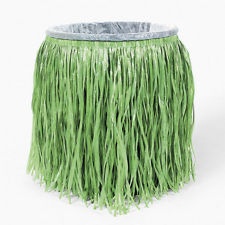

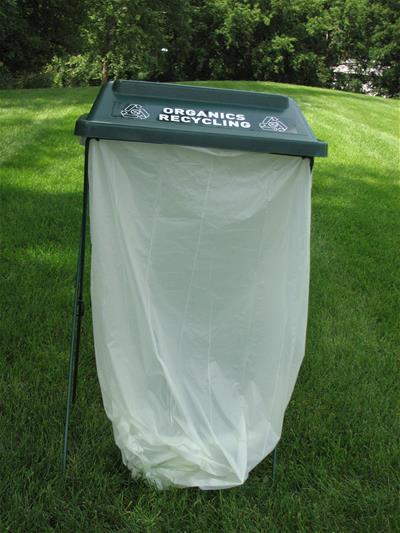
And here’s another hospitality tip (obvious, yet mysteriously overlooked): Don't forget the trash cans! Haven’t we all been to gatherings where the trash container was nowhere to be found, yet all the food was served on disposable plates? Depending on crowd size, you may want lots of these (in conspicuous places). And consider asking someone “on staff” to be in charge of trash (from decorating the containers to just keeping them empty.
4. Put out multiple stacks of everything. And create several points of access for things. Don't put out one stack of napkins; put out three, slightly staggered for easy grabbing. For small plate or appetizer setups, put stacks of plates at both the beginning and end of the table, so people can wander up from any direction.
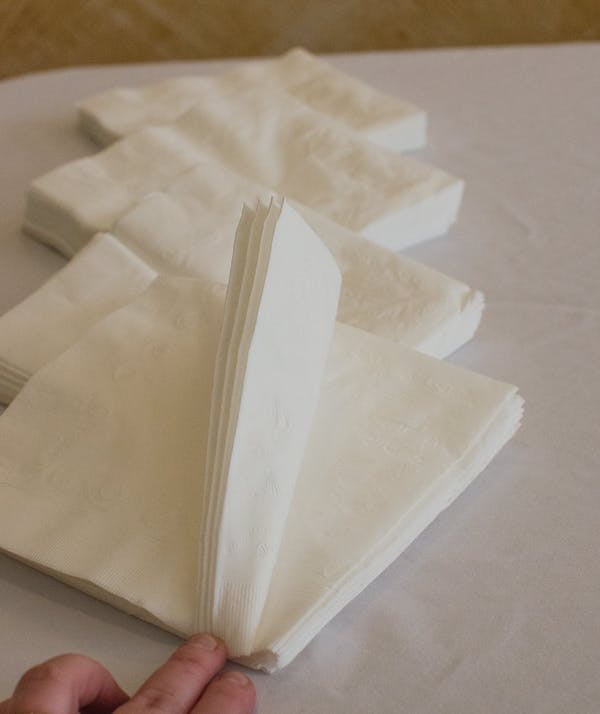
One more hospitality tip: Make napkins easy to grab. Stack paper napkins with the seam facing outwards, to make them easier to pick up quickly.
5. Finally, arrange the food table strategically. Besides placing all salads, all entrees, all breads, etc. together, put the most plentiful or least-expensive types of food at the beginning; push the scarcest or costliest to the end. Keep an eye on the food and within the first hour, trade places. This can help equalize things a bit.
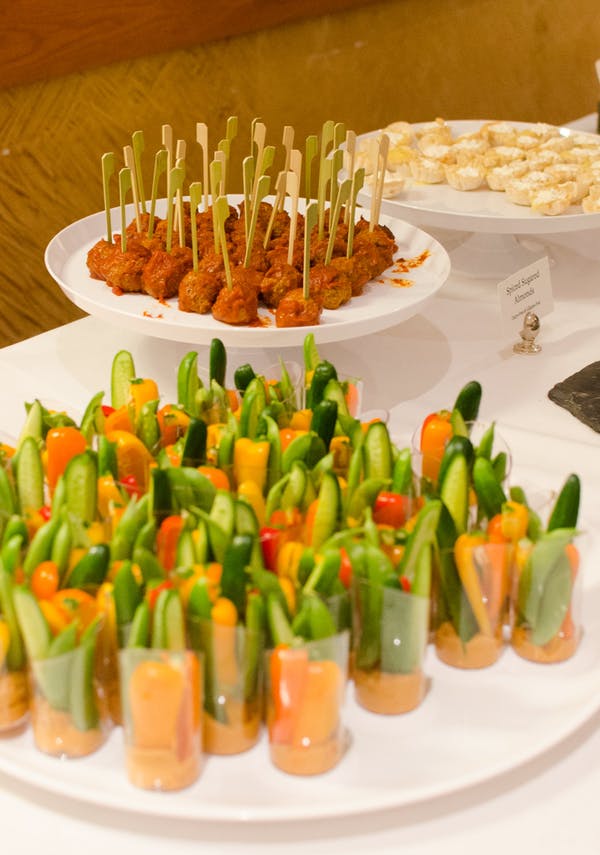
I’ll close with a Kitchn reader’s comment, which is a sound word to the wise: “Portion control is huge! Never put tongs or large spoons with the expensive/fast-to-go foods. When meatballs or shrimp cocktail are presented with toothpicks in each piece, most (MOST) people won’t take more than one or two, because the portion has been implied. Put out tongs, though, and watch out! Might seem stingy, but you gotta do it if you want everyone to eat and enjoy the full selection.”
- www.thekitchn.com
- www.pinterest.com
- www.maplewoodmn.gov
 Alice Osborne
Alice Osborne
Weekly Newsletter Contributor since 2006
Email the author! alice@dvo.com
